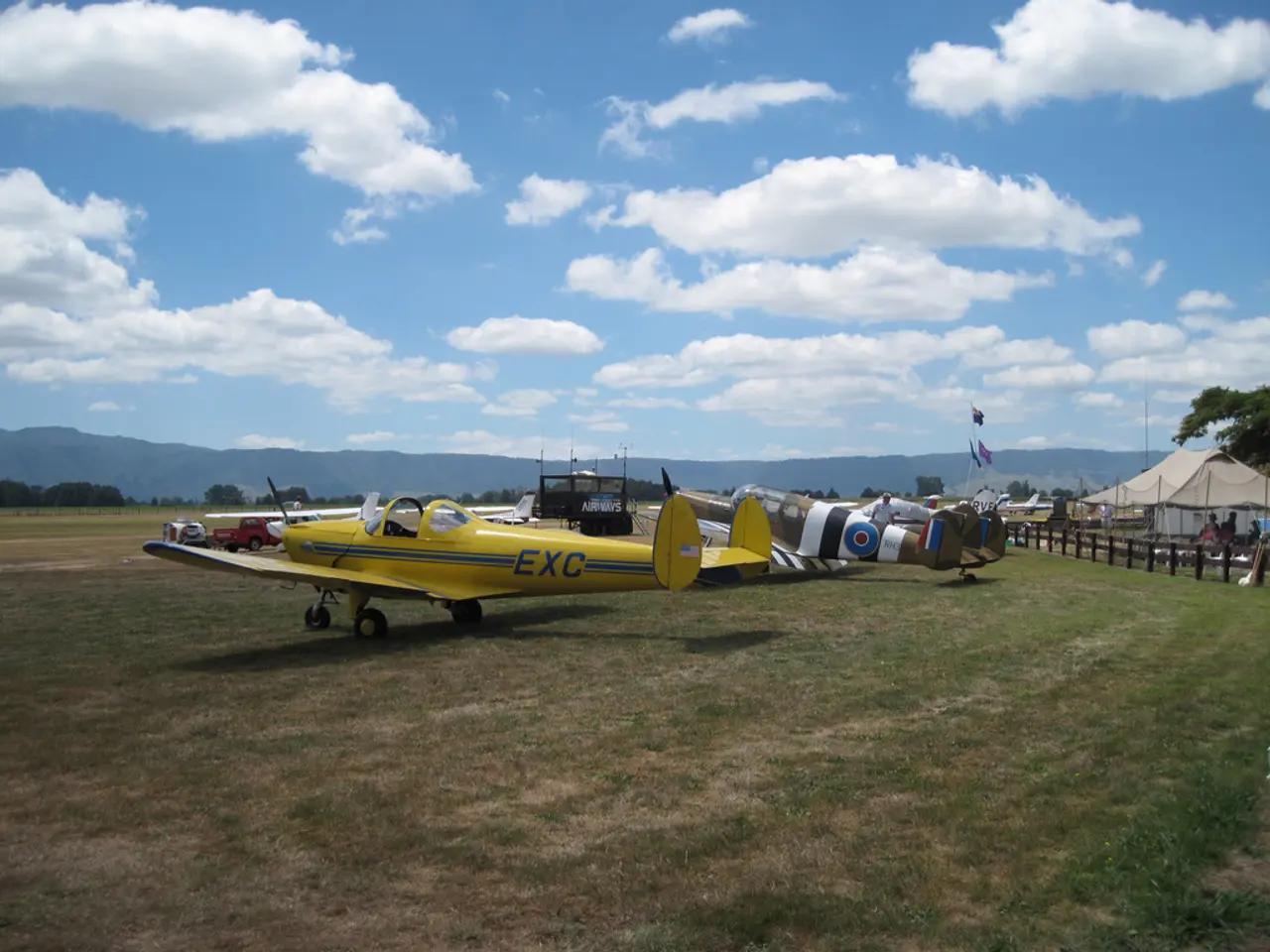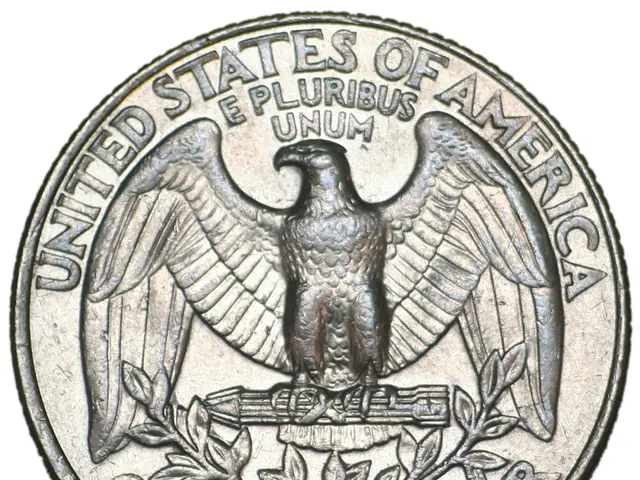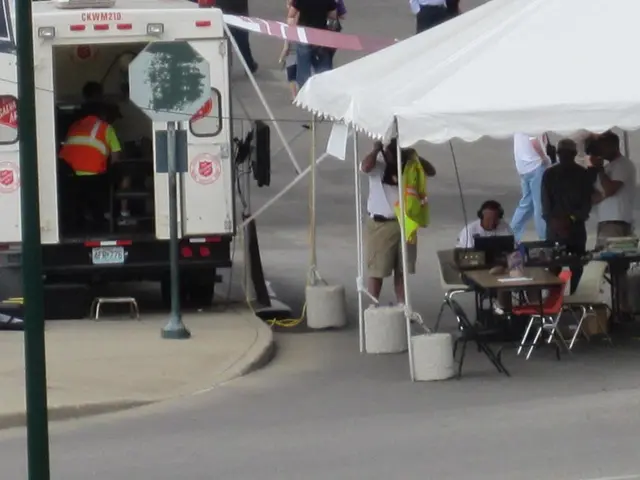Regulation of Aerial Spaces for Unmanned Aerial Vehicles within the United States
In the vast expanse of American skies, drone operators must navigate various classes of airspace, each with its unique rules and regulations. Here's a guide to help you understand the different airspace classes and how to operate safely within them.
The United States airspace management is divided into several classes: A, B, C, D, E, and G. Each class has specific rules, and it's essential to understand them to ensure safe and compliant drone operations.
Class A Airspace extends from 18,000 feet mean sea level (MSL) up to and including flight level 600 and is primarily used for high-altitude en-route traffic. Drones are not permitted to operate in Class A airspace.
Class B Airspace extends from the surface to 10,000 feet MSL surrounding the nation's busiest airports. It is controlled airspace around major airports and requires ATC (Air Traffic Control) authorization to operate within Class B airspace.
Class C Airspace extends from the surface to 4,000 feet above airport elevation (charted in MSL) surrounding airports with operational control towers and radar services. It is controlled airspace around airports of moderate traffic and requires ATC authorization to operate within Class C airspace.
Class D Airspace extends from the surface to 2,500 feet above airport elevation (charted in MSL) surrounding airports with operational control towers. It is controlled airspace around smaller airports and requires ATC authorization to operate within Class D airspace.
Class E Airspace extends from either the surface or a designated altitude to the overlying or adjacent controlled airspace. It is controlled airspace not classified as A, B, C, or D. Generally, drone operations do not require ATC authorization unless operating near an airport within the lateral boundaries of the surface area of Class E airspace designated for an airport.
Class G Airspace is uncontrolled airspace extending from the surface to the base of the overlying Class E airspace. It is uncontrolled airspace where ATC services are not provided, and no ATC authorization is required, but standard operating rules apply.
To safely operate within various airspace classes and manage potential conflicts with manned aircraft, drone operators should continuously monitor airspace for other aircraft, adhere strictly to FAA regulations and guidelines, stay informed about airspace changes, TFRs, and other relevant updates, and utilize tools like LAANC for necessary authorizations.
The Low Altitude Authorization and Notification Capability (LAANC) is a collaboration between the FAA and private industry to facilitate real-time processing of airspace authorization requests for drone operations under Part 107. LAANC allows drone operators to request and receive authorization to fly in controlled airspace near airports. LAANC provides access to controlled airspace at or below 400 feet.
LAANC is available through FAA-approved UAS Service Suppliers (USS). Drone operators can use the FAA's NOTAM (Notice to Air Missions) system or the B4UFLY mobile app to check for Temporary Flight Restrictions (TFRs) before each flight. TFRs are temporary restrictions imposed to protect persons or property on the surface or in the air. They are established for disaster and hazard areas, major sporting events, security-sensitive airspace (e.g., near the President), and space operations.
Restricted areas are defined areas where flight operations are restricted due to hazardous activities, such as military operations. Drones are generally prohibited unless specific authorization is obtained. The integration of drones with manned aircraft systems involves ensuring drones yield the right of way to manned aircraft, using visual line of sight (VLOS) to maintain awareness of surrounding airspace, implementing Remote ID to enhance situational awareness, and leveraging technologies like Detect and Avoid (DAA) systems to prevent collisions.
The organization responsible for granting permission to operate drones in controlled airspace in the United States is the Federal Aviation Administration (FAA). It's crucial to follow these guidelines to ensure safe and compliant drone operations in American skies.
Read also:
- Federal Funding Supports Increase in Family Medicine Residency Program, Focusing on Rural Health Developments
- Potential Role of DHA in Shielding the Brain from Saturated Fats?
- Alternative Gentle Retinoid: Exploring Bakuchiol Salicylate for Sensitive Skin
- Hanoi initiates a trial program for rabies control, along with efforts to facilitate the transition from the dog and cat meat trade industry.








